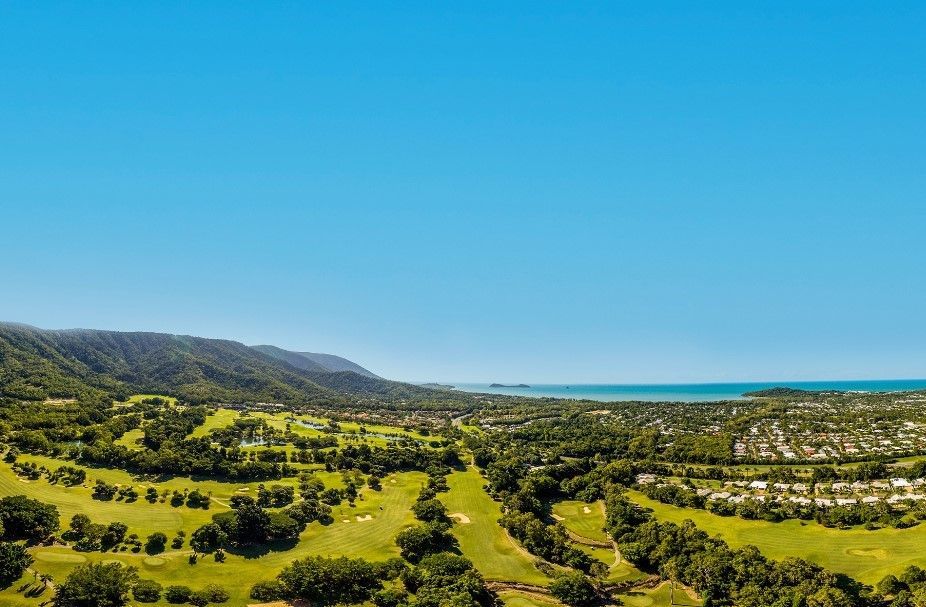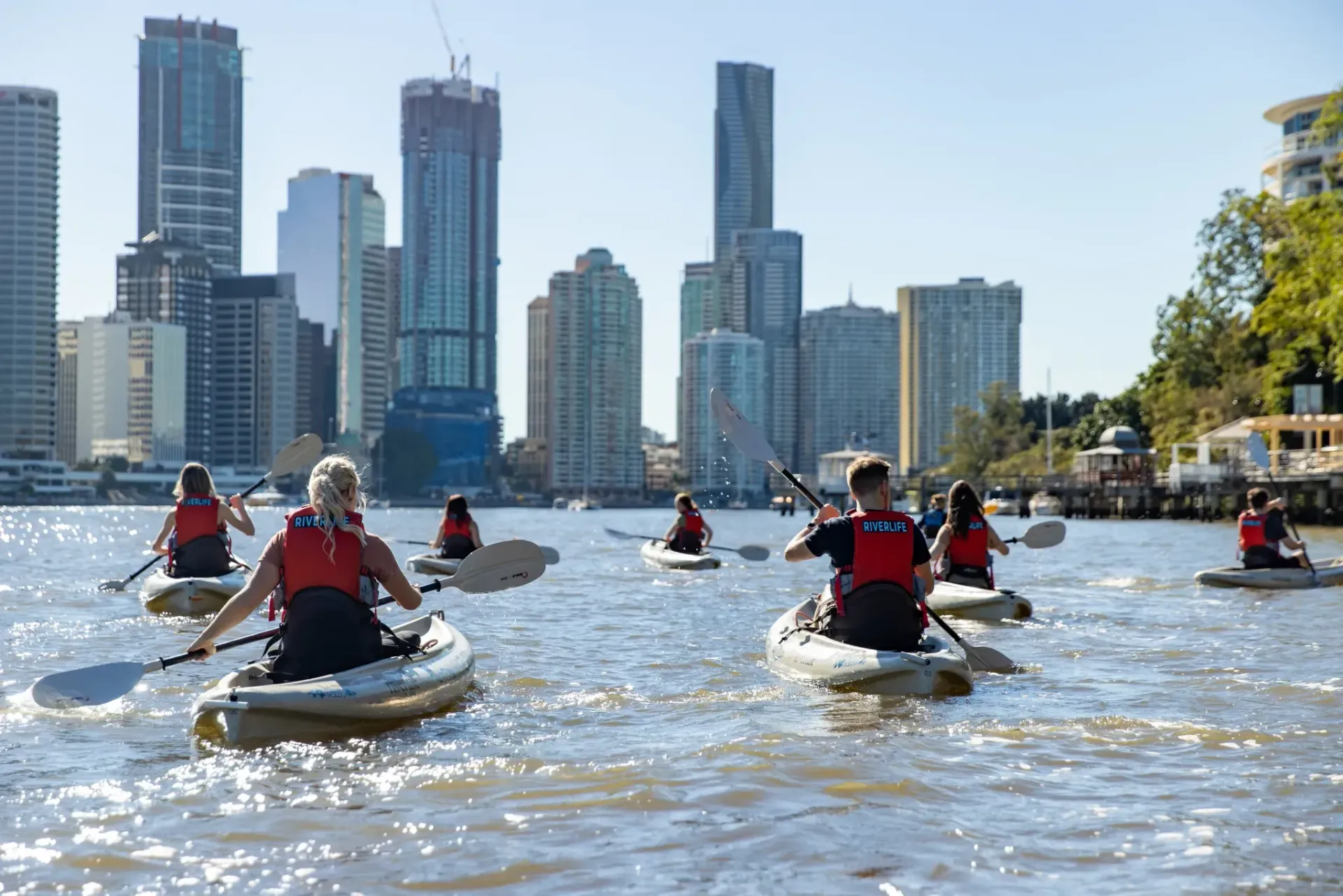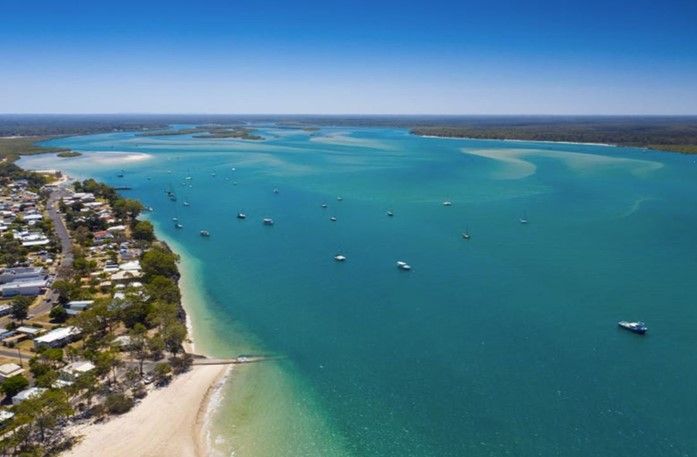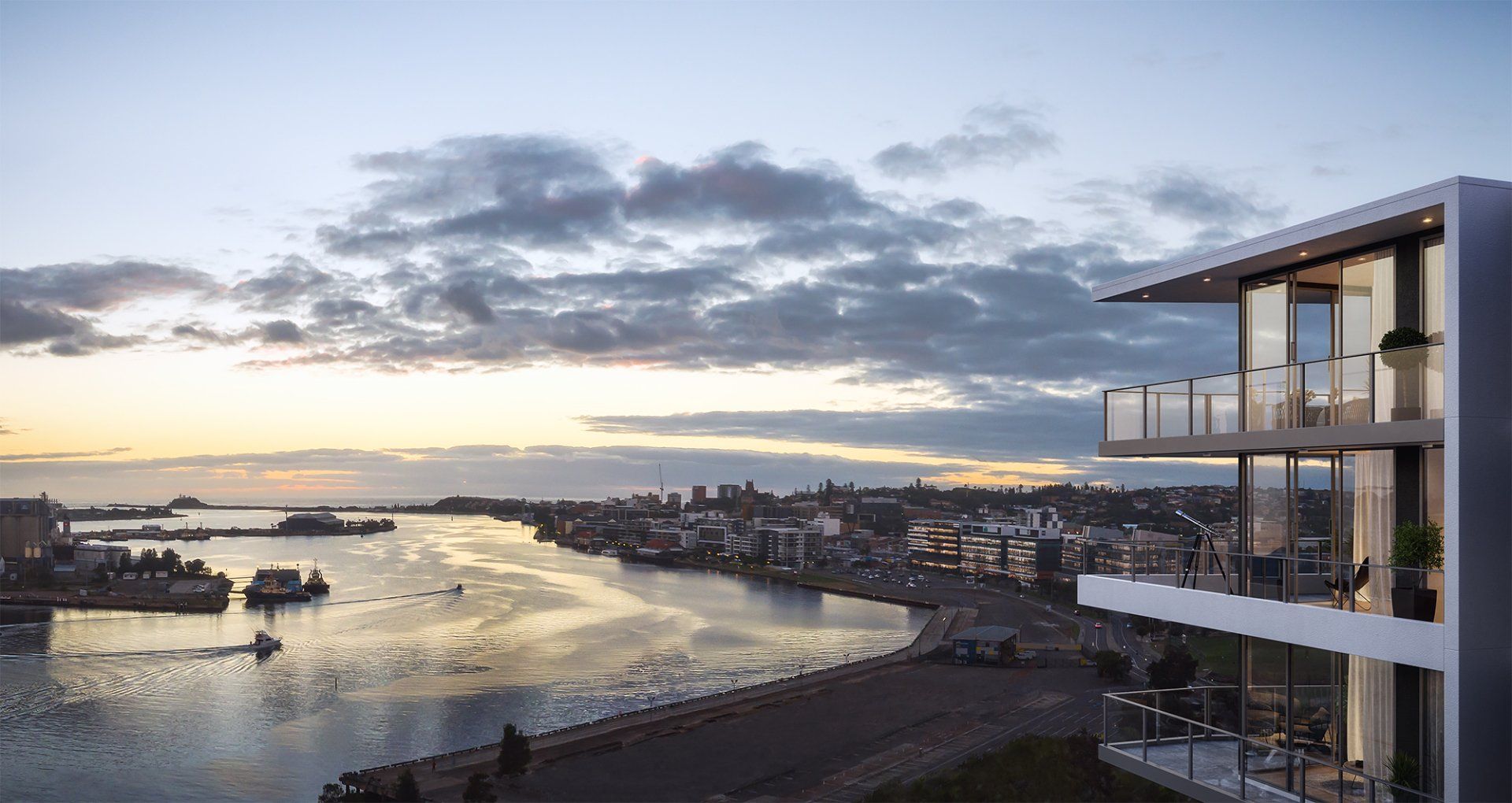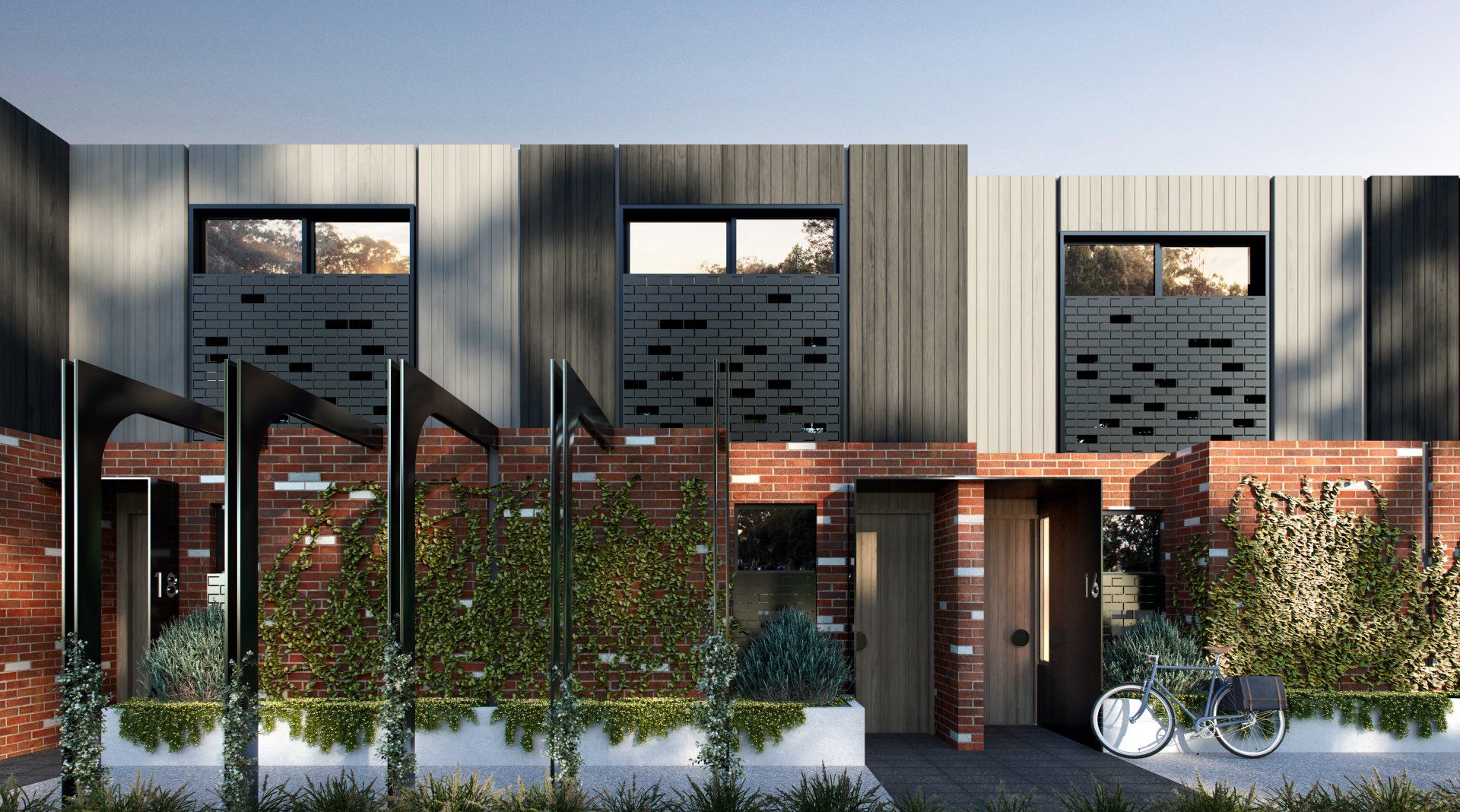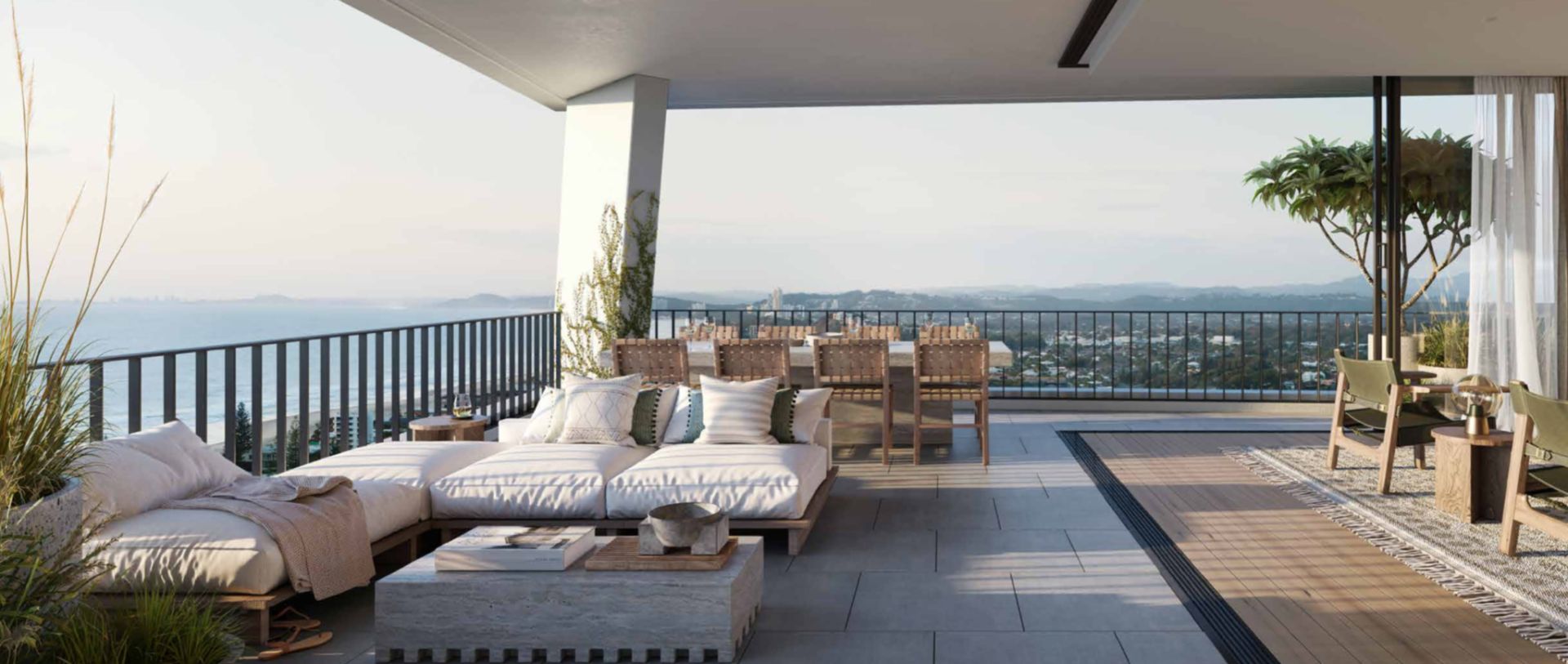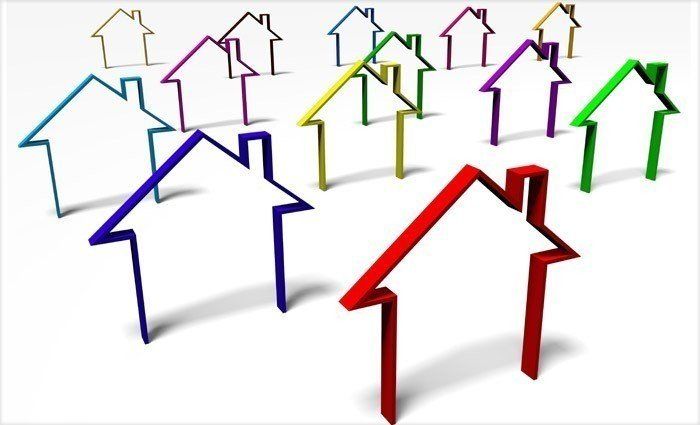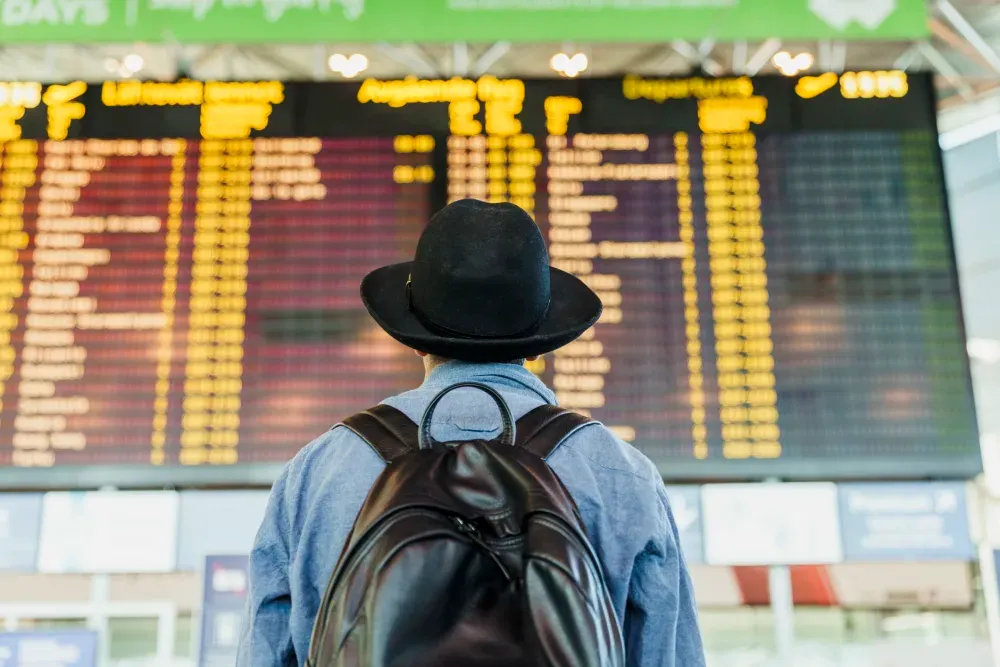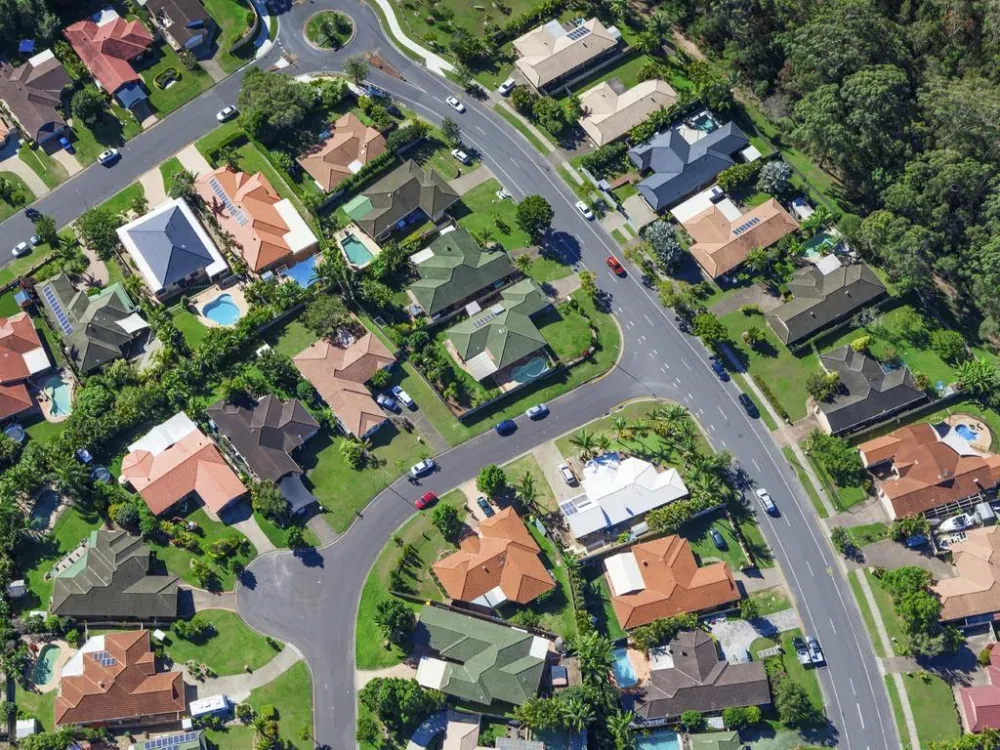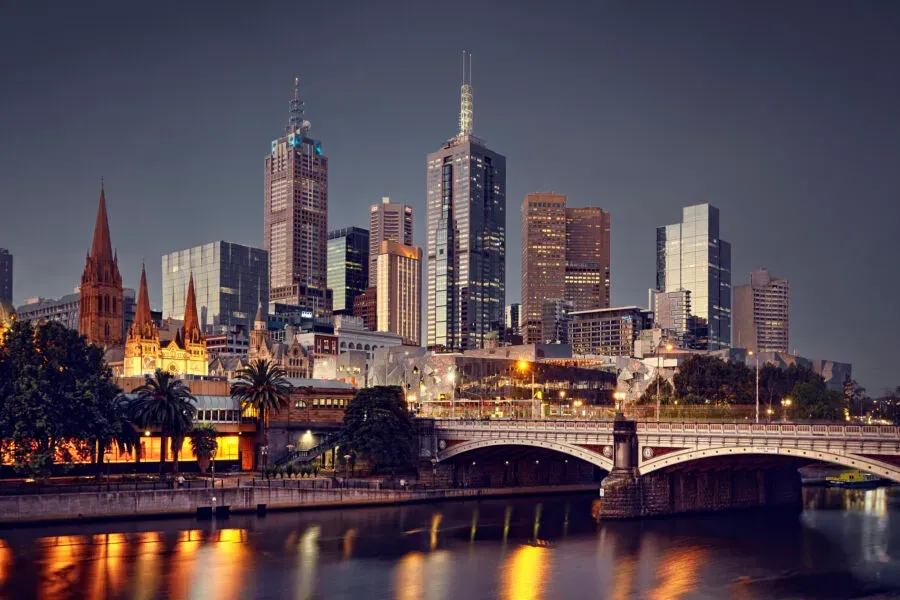Australia is expected to have a population of 29 million by the end of 2030, which is three million more than now, and keeping up with the growing demand for housing is going to be a major hurdle.
The country's population went backwards during the early stages of Covid, with a net loss of 85,000 people in the 2021 financial year.
But with borders reopened, Treasury expects net overseas migration will return to pre-pandemic levels this year, and remain at the long-run average of 235,000 people over the medium term.
Unsurprisingly, the most populous states of New South Wales, Victoria and Queensland are predicted to have the highest number of residents by June 2026.
NSW and Victoria are tipped to growing by 300,000 and Queensland by 400,000 to have resident bases of 8.5 million, 7 million, and 5.6 million respectively.
"Ensuring the supply of new homes keeps up with Australia’s growing population is going to be a key challenge over the coming years," PropTrack economist Anne Flaherty said.
Pete Wargent, co-founder of national buyer's agency BuyersBuyers, said that while population growth had temporarily halted due to Covid, it's been slowly creeping back up, adding pressure to the housing market.
“After a lengthy period of closed international borders, population growth hasn’t been much in the news of late," Mr Wargent said.
"Now, for the first time in a decade, we have full employment and a genuine skills shortage, and after a hiatus, we should expect a strong rebound in net overseas migration."
Renters will be the first to feel the squeeze
With Australia's border now open and universities welcoming back students from overseas, the competition for inner-city rentals is at an all-time high, driving prices up accordingly.
PropTrack's latest Rental Report for the September quarter shows rent prices have increased at the fastest quarterly rate on record, surging by 4.3% in the past three months to reach a national median of $480 per week.
As the population increases rapidly in coming years, Ms Flahertly said many renters will be struggle to stay housed.
"There is already an undersupply of rental accommodation. A slowdown in development activity as population growth resumes will exacerbate supply issues over the coming years.
"This will reveal itself in the rental market – new Australians are more likely to rent than buy in their first few years, so this is where the pressure of a larger population will be first felt.
"If demand to rent outpaces the supply of new rental properties, this will drive rents further upwards."
Supply needs to keep up with demand
With more people in need of a roof over their head, encouraging investors to enter the market is a key consideration for governments.
Currently, soaring interest rates are leaving investors feeling unmotivated. New lending to landlords in August was $8.9 billion, which is the lowest it's been since June 2021.
While the recent federal budget identified the issue and mapped out ways to tackle it, Ms Flahertly said authorities aren't acting fast enough.
"It was pleasing to see the Commonwealth acknowledge the importance of bringing together different tiers of government as well as private and institutional investors to tackle the supply issue as part of their Housing Accord. But their target of one million new homes is from 2024 onwards."
Mr Wargent said to ensure more stock is being added to the market, borrowing needs to become more accessible to investors.
"At some point, it must become easier for landlords to borrow to supply the new rental stock that’s needed," he said.
